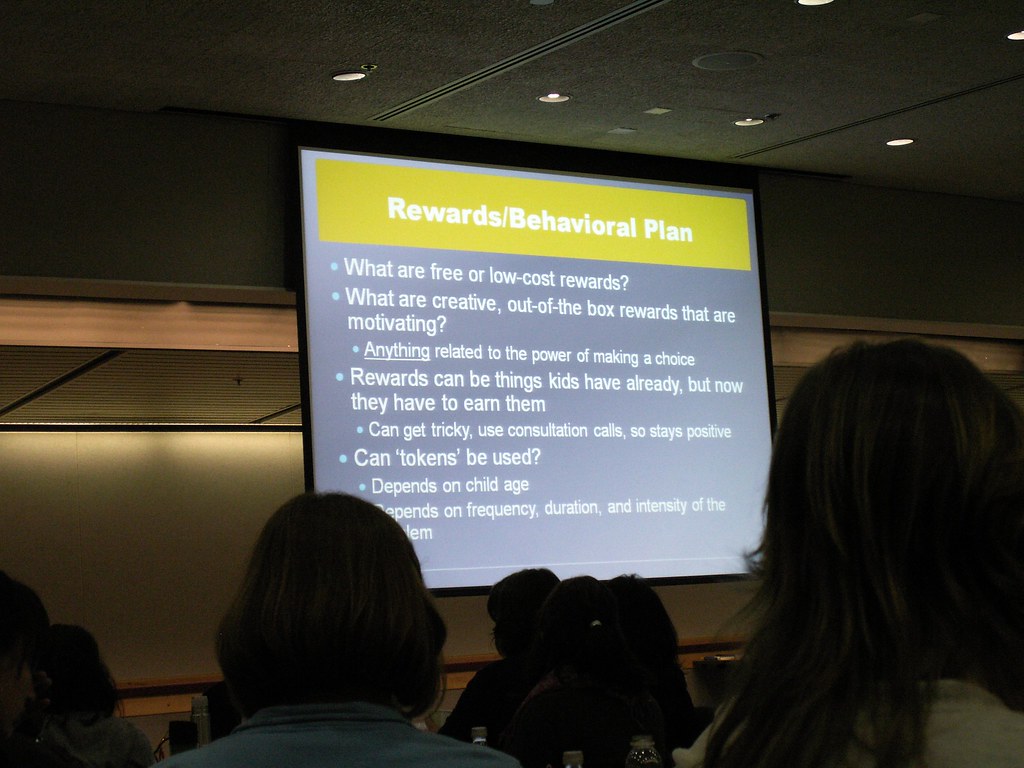Do you find yourself feeling constantly exhausted, emotionally drained, and unable to find joy in the things you once loved? If so, you might be experiencing burnout. Burnout is a state of chronic stress that can have serious consequences for both your mental and physical health. But don’t worry, there is hope! In this comprehensive guide, we’ll explore how online therapy can help heal burnout and get you back on the path to wellness. Whether you’re new to therapy or an experienced veteran, this guide will provide valuable insights and resources for anyone looking to overcome burnout and live a happier, more fulfilling life. So let’s get started!

Understanding Burnout: Symptoms, Causes, and Risk Factors
Burnout is a state of emotional exhaustion, depersonalization, and reduced personal accomplishment caused by prolonged stress. Symptoms may include fatigue, cynicism, and decreased productivity. Burnout can be triggered by various causes such as high workload or lack of support at work or home. Individuals with perfectionist tendencies are also more prone to burnout. Risk factors for burnout include occupation (e.g., healthcare), age, and gender (e.g., females have higher rates). It is essential to recognize early signs of burnout and seek help promptly to prevent it from worsening. If left unaddressed, burnout can lead to long-term health issues such as depression and anxiety disorders. Fortunately, there are various effective treatments available for those experiencing symptoms of burnout like online therapy for burnout, cognitive-behavioral therapy (CBT), mindfulness-based stress reduction (MBSR) techniques coupled with self-care strategies and lifestyle changes that can aid in reducing its impact on daily life activities.
The Benefits of Online Therapy for Burnout: Convenience, Accessibility, and Affordability
Online therapy for burnout offers several benefits for individuals suffering from this condition. The convenience and accessibility of online therapy make it a popular option for those struggling with their mental health. With online therapy, individuals can receive care from the comfort of their own home without having to travel to a physical office location. This is particularly helpful for those who have busy schedules or live in remote areas where access to mental health services is limited.
In addition, online therapy for burnout is often more affordable than traditional face-to-face sessions. Many therapists offer sliding scale fees based on income and financial need, making mental healthcare more accessible to everyone regardless of their financial situation.
Furthermore, because communication occurs through a secure digital platform, individuals have increased privacy and confidentiality during their sessions. Overall, the advantages of online therapy make it an attractive option for those seeking support in treating their burnout symptoms.

Finding the Right Online Therapist for Your Burnout: Tips and Recommendations
When looking for an online therapist to help with burnout, it’s important to find someone who specializes in treating this specific issue. Search for online therapists who have experience in burnout treatment and read their profiles carefully to see if they seem like a good fit. It’s also important to consider factors such as cost, availability, and communication style. Look for an online therapist who offers flexible scheduling and clear communication about their approach to therapy. Consider scheduling a consultation or initial session to get a better sense of whether the therapist is a good match for your needs. Additionally, consider seeking recommendations from friends or colleagues who have had positive experiences with online therapy for burnout.
What to Expect from Online Therapy Sessions for Burnout: Techniques and Approaches
Online therapy sessions for burnout can vary depending on the therapist’s approach and the client’s needs. However, some common techniques and approaches include cognitive behavioral therapy (CBT) and mindfulness-based stress reduction (MBSR).
CBT focuses on identifying negative thought patterns and behaviors that contribute to burnout and replacing them with more positive ones. The therapist may also teach relaxation techniques to manage stress.
MBSR, on the other hand, emphasizes being present in the moment and accepting one’s thoughts and feelings without judgment. This can help individuals with burnout learn to manage their stress levels and improve their overall well-being.
During online therapy sessions, the therapist may also provide homework assignments or worksheets to help clients practice these techniques outside of sessions. It’s important for clients to actively participate in their therapy and communicate any concerns or questions they may have with their therapist.

Overcoming Burnout with Cognitive Behavioral Therapy (CBT) and Mindfulness-Based Stress Reduction (MBSR)
Understanding Burnout: Symptoms and Causes
Burnout is a type of chronic stress that can lead to physical, emotional, and mental exhaustion. It occurs due to prolonged exposure to work-related stressors such as unrealistic deadlines, excessive workload, or lack of support. Symptoms of burnout include fatigue, anxiety, irritability, cynicism towards work tasks and colleagues, reduced performance and productivity levels. Causes may vary from one individual to another but are often related to a combination of organizational factors and personal traits such as perfectionism or sense of obligation. Identifying these symptoms early on is crucial for seeking the right treatment approach like CBT and MBSR which employ practical techniques that help individuals reframe thought patterns while promoting self-awareness through meditation practices.
The Role of CBT in Treating Burnout
CBT is a widely used therapy for burnout, focusing on changing negative thought patterns and behaviors that contribute to burnout. It helps individuals identify triggers that cause stress and provides practical coping strategies to manage them. CBT sessions can be adapted to the online format, making it easily accessible for those with busy schedules or limited mobility. Numerous studies have shown the effectiveness of using online therapy for burnout with CBT techniques in reducing symptoms such as exhaustion, cynicism, and decreased professional efficacy. With guidance from a licensed therapist specializing in CBT, individuals can learn skills to better cope with workplace stressors and improve overall quality of life.
How MBSR Can Help Reduce Stress and Prevent Burnout
MBSR, a form of meditation-based therapy, can help reduce stress and prevent burnout by teaching individuals to be more present in the moment and develop greater awareness of their thoughts and emotions. MBSR includes a variety of techniques such as body scans, breathing exercises, and yoga to cultivate mindfulness. By practicing mindfulness regularly, individuals with burnout can learn to observe negative thought patterns without judgment or reaction, leading to an increased sense of control over thoughts and emotions. Research shows that incorporating MBSR into a comprehensive treatment plan for burnout can lead to significant improvements in stress levels and overall well-being.
Combining CBT and MBSR for Comprehensive Burnout Recovery
Online therapy for burnout can effectively incorporate both cognitive-behavioral techniques and mindfulness-based stress reduction. While CBT aims to change negative thought patterns that contribute to burnout, MBSR helps individuals manage stress through meditation, yoga, and other mind-body practices. Combining these two approaches provides a comprehensive approach to treating burnout symptoms such as anxiety, depression, fatigue, and irritability. Online therapists use evidence-based techniques tailored to individual needs when implementing this combined approach. Through regular online sessions with an experienced therapist trained in both therapies, patients can learn effective coping strategies while also working toward long-term solutions aimed at preventing future burnouts.

Coping Strategies for Burnout: Self-Care, Boundaries, and Work-Life Balance
Self-care is an essential part of coping with burnout. It involves taking time for yourself and engaging in activities that bring you joy and relaxation. This can include exercise, meditation, reading, or spending time with loved ones. Setting boundaries is also crucial in preventing burnout from worsening. Learning to say no to additional responsibilities or commitments can help reduce stress levels and prevent burnout from recurring. Finally, achieving a healthy work-life balance is key in preventing burnout. This involves prioritizing self-care and setting boundaries at work to ensure that work does not consume all aspects of your life. Online therapy can provide additional support and guidance in developing coping strategies for burnout.

Combining Online Therapy with Other Forms of Treatment for Burnout: Medication, Coaching, and Support Groups
The Benefits of Combining Online Therapy with Medication for Burnout
Combining online therapy with medication can be an effective approach for treating burnout. Medication, such as antidepressants or anti-anxiety medications, may help alleviate some of the symptoms associated with burnout while online therapy provides support and coping strategies to address the root causes of burnout. It is important to note that medication should always be prescribed by a licensed healthcare provider and used in conjunction with therapy. Online therapy also allows for easier communication between therapist and prescribing physician to ensure coordinated treatment. By combining these two forms of treatment, individuals experiencing burnout may find relief and improvement in their overall well-being.
How Coaching Can Enhance the Effectiveness of Online Therapy for Burnout
Coaching can be a valuable complement to online therapy for burnout, especially when dealing with work-related stressors. Coaching can provide additional support and guidance in developing coping strategies, setting goals and boundaries, and improving communication skills. By working with both a coach and an online therapist, individuals experiencing burnout can gain a more well-rounded approach to managing their symptoms. Additionally, coaching sessions may take place more frequently than therapy sessions which can help maintain momentum between appointments. Combining coaching with online therapy for burnout can enhance the effectiveness of treatment while empowering individuals to take an active role in their recovery journey.
Finding Support and Connection through Online Support Groups for Burnout
Online support groups can be a valuable addition to online therapy for burnout, providing a sense of community and connection with others who are going through similar experiences. Support groups can offer a safe space to share personal struggles, receive emotional support, and gain insights from others who have overcome burnout. Peer support can also help individuals feel less isolated and more understood, which can be especially important for those who may not have a strong support system in their personal lives. Some online therapy platforms offer access to support groups as part of their services, while others may provide recommendations for external groups.
Integrating Multiple Forms of Treatment for Comprehensive Burnout Recovery
Integrating multiple forms of treatment can be an effective approach for comprehensive burnout recovery. Online therapy for burnout can be combined with medication, coaching, and support groups to address the physical, emotional, and social aspects of burnout. Medication can help manage symptoms such as anxiety and depression, while coaching can provide guidance on setting goals and improving work habits. Support groups offer a sense of community and validation, which can be particularly helpful for those experiencing burnout in their workplace. By combining these different forms of treatment, individuals can create a personalized plan that addresses their unique needs and helps them achieve long-term recovery from burnout.
Preventing Burnout from Recurring: Long-Term Solutions and Lifestyle Changes
Preventing burnout from recurring involves making significant lifestyle changes and implementing long-term solutions. It’s crucial to identify the root cause of your burnout and take steps to address it. You may need to re-evaluate your career choices, set better boundaries at work or home, prioritize self-care activities like exercise and stress-reducing techniques such as mindfulness meditation. Taking regular breaks throughout the day can also be beneficial in preventing burnout. Additionally, seeking support through coaching, therapy or support groups can help you stay accountable for maintaining a healthy work-life balance. It’s important to remember that preventing burnout requires consistent effort and attention over time but with proper self-care practices, it is possible to prevent recurrence of this debilitating condition.
burnout is a serious condition that can affect anyone, regardless of their profession or lifestyle. However, with the help of online therapy, it is possible to overcome burnout and regain control of your life. Online therapy offers convenience, accessibility, and affordability, making it an excellent option for those who may not have access to traditional therapy. By finding the right online therapist and utilizing techniques such as CBT and MBSR, individuals can learn coping strategies and prevent burnout from recurring. Remember to prioritize self-care, set boundaries, and maintain a healthy work-life balance to avoid burnout in the future. With the right tools and support, you can heal from burnout and live a fulfilling life.
